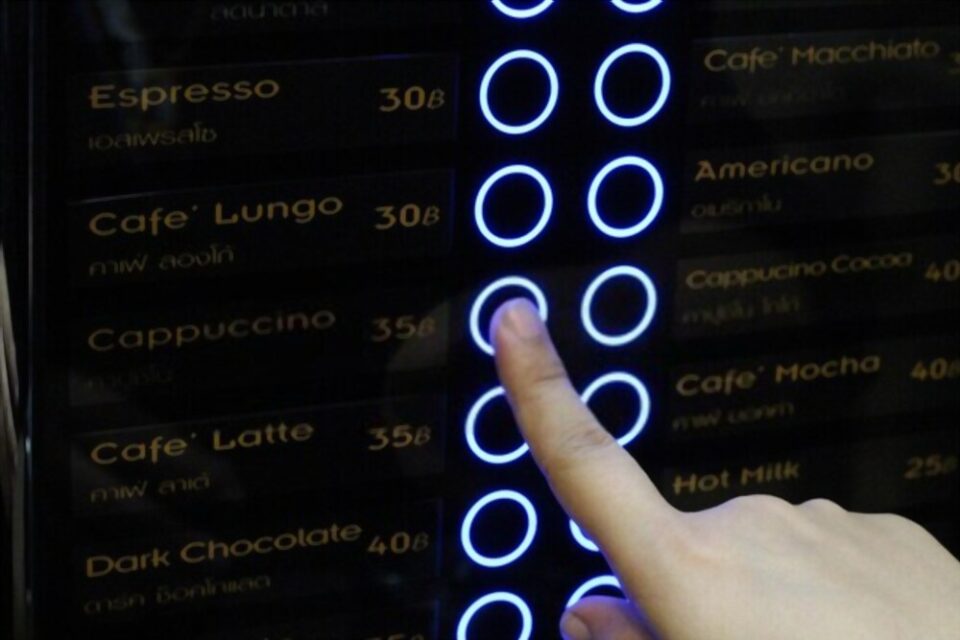The UK may be a nation of self-styled tea drinkers, but coffee is steadily climbing the ranks as the caffeinated beverage of choice. It all started with an influx of instant coffee during WWII, sent over to satiate the American troops who were stationed here. The trend has steadily evolved from there, and today it’s probably safe to say that there are plenty who count themselves as coffee connoisseurs among the ranks of the British population.
But how should an office manager in the UK respond to this trend? Is it enough to stock the break room with a variety of teas and loose-leaf coffees? An increasing number of consultants and other experts are saying no. Some are even going on record stating that providing a high-quality cup of Joe in the office is a great way to boost employee morale.

Before we proceed, let’s explore some of the benefits that create by providing high-quality coffee and tea stations right in the office:
Table of Contents
Employee’s appreciate the gesture.
Simply stated, higher-value refreshment stations give office workers the sense that they themselves are more valued by the company. High-quality coffee drinks purchased from the neighborhood café are expensive, and most employees are delighted when the office provides these refreshments for free.
Caffeine boosts performance.
Countless scientific studies have demonstrated that employees who take a break for caffeine consumption benefit from increased memory, better concentration and reduced incidence of errors. If it’s productivity you’re after, then you want your employees drinking coffee during the day.
Coffee and tea breaks promote cohesion in the office.
This is another great way to boost morale in the office. Forget about the old water-cooler paradigm. Employees naturally gravitate to coffee vending machines set up in the break room. The few minutes they spend here preparing a cup are going to be spent chatting with co-workers. Sure, they’re going to discuss their children, pets and after-work activities. However, they’re also going to spend time talking about their current projects, and this promotes a stronger office culture.
How Much Should You Spend on Coffee Equipment?
And now for the numbers. Perhaps you’re sold on the idea of stocking up on better coffee facilities. But how much of the office budget should you pour into this objective? There’s a good chance that you may be underestimating the actual return on investment that splurging could deliver.
For starters, those employees who really appreciate a well-made cup of Joe are probably not going to be impressed with a simple spread of instant coffee. If this is all they have access to, then they are much more likely to take a break and head down the street for a higher-quality takeaway beverage.
Let’s suppose that your average employee makes 14 pound per hour (a very conservative estimate by most office standards). If they make two 15-minute runs to the coffee shop every day (once in the morning and again in the afternoon), they’ll end up spending 2.5 hours per week on this task alone. That’s at least 8 hours per month, which adds up to £112 worth of time. Now suppose that you have ten employees doing this on a daily basis. It doesn’t take that many employees that much time to waste thousands of pounds worth of company time.
Framed in such a way, any small to medium-sized company could easily justify working some high-quality equipment into their budget. And that’s without even considering the aforementioned positive benefits of a strong coffee culture in the workplace.

In so many words, your employees are going to spend less time running errands and more time staying on task in a high-morale office environment. Not only that, but the caffeine-charged time that they spend in the workplace is going to be more productive.
However, all of the time and resources you invest into setting up coffee facilities in the break room is going to be for naught if the final product is not of a high enough quality to discourage those frequent trips to the neighborhood Starbucks. With that in mind, spend some time shopping around for equipment, and don’t hesitate to poll employees to find out what sort of machinery they would like to see in place.

